Tatler Asia Singapore
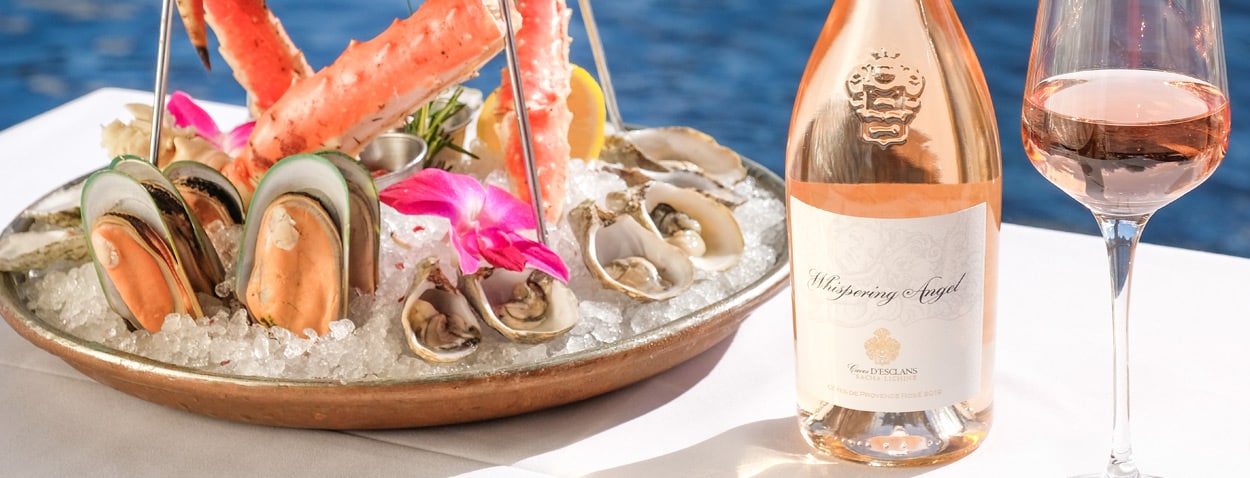
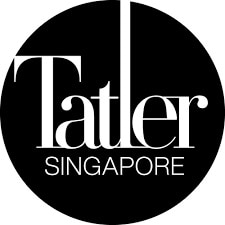
Whispering Angel’s Founder Shares Why This Popular Rosé Deserves the Spotlight in Singapore
By Nimmi Malhotra
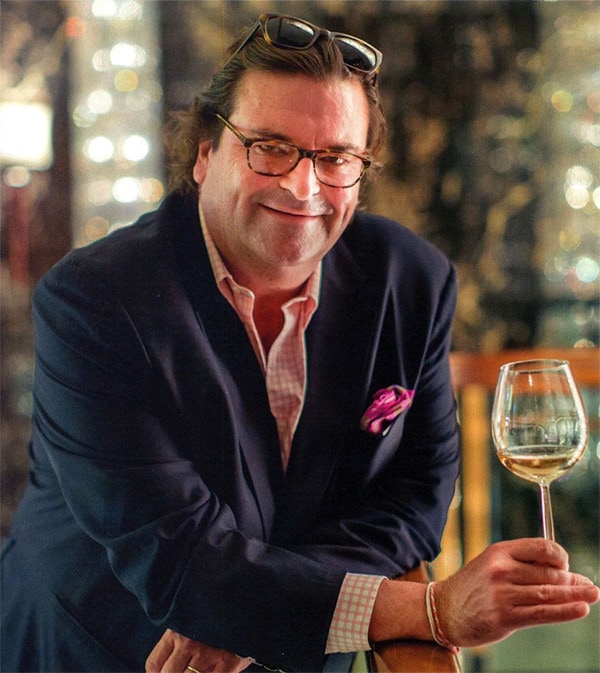
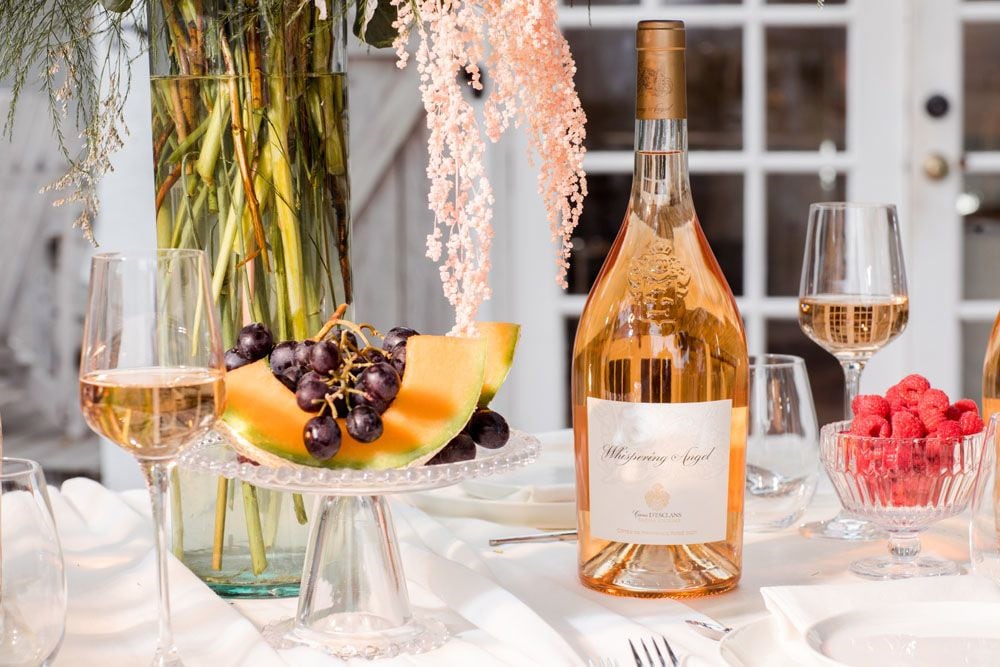
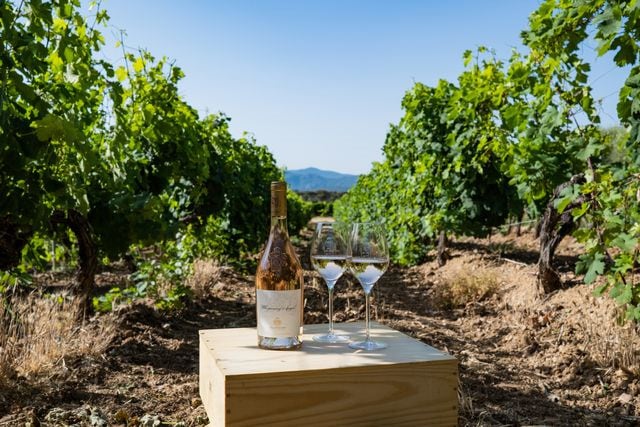
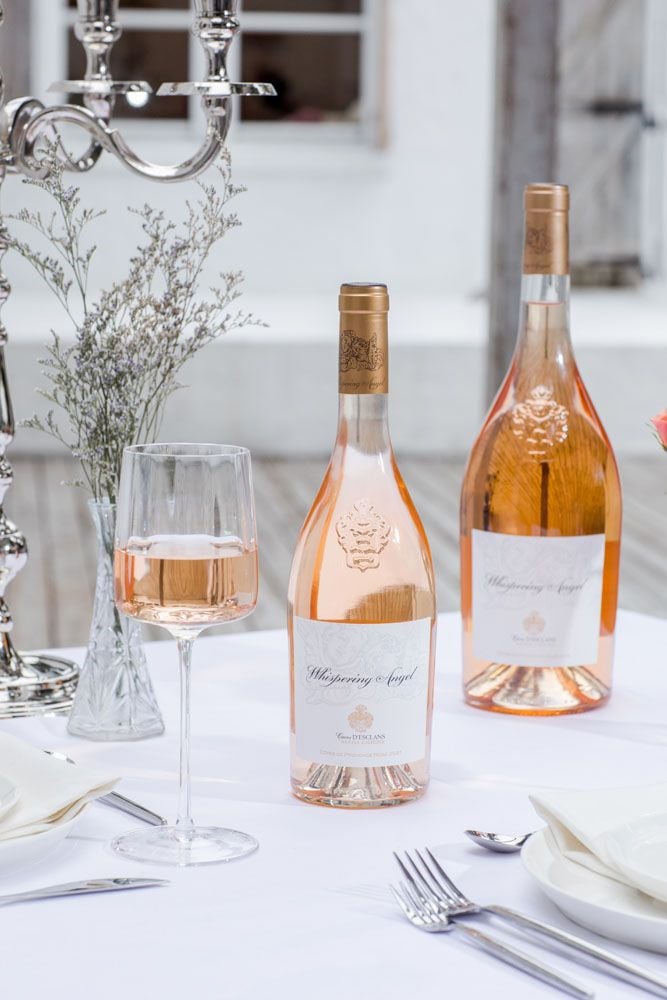
Sacha Lichine, the winemaker and founder of Whispering Angel, says it’s about time rosé took off in Singapore
Sacha Lichine will tell you it takes a lot of ‘shoe leather’ to build a brand. Gauging by the meteoric success of Whispering Angel by Chateau d’Esclans, the brand he created, Lichine must have worn out his fair share of shoes.
Sixteen years ago, Lichine introduced 130,000 bottles of the first vintage of Chateau d’Esclans, including Whispering Angel, the entry-level superstar, Rock Angel, Les Clans and Garrus, the most expensive rosé to hit the market at €100 (S$140). The four rosés were of similar hues of pink and, yet, of different tastes, textures and flavours.
Unlike most Provencal rosés made in stainless steel, his wines are barrel fermented—except Whispering Angel—and lees-stirred to give them body and a creamy texture, all while preserving the alluring colour.
Recently part-acquired by the Moet Hennessy group, Lichine won’t share the sales numbers anymore, but we estimate sales to be well above and beyond the 6 million mark recorded in 2007. More so, Whispering Angel is well established as the market leader for the Provence rosés and has contributed, in a large way, to the rosé revolution sweeping the world.
Having washed the world in hues of peach and pink, Lichine’s eyes are now set on Singapore. “I think it’s about to take off here,” he says in a quietly confident tone.
Not that he hasn’t tried to charm the red dot before. Back in 2011, he introduced the wines to Singapore when the market was seduced by powerful Robert Parker-approved reds. Rosé, as he recalls, was “a bit ahead of the game.”
As we take our seats, Lichine, in his signature open-collar blush pink shirt and dark suit with his glasses resting on his head, shares the details of the Chateau d’Esclans sales blitz taking place in real-time. How does it work? The seasoned entrepreneur obliges: “You go out, you shake hands, you make friends, and you sell wine.”
Read more: Colin Seah and Sonia Chew Celebrate Creativity With The Dom Pérignon and Lady Gaga Champagnes
“Born in Bordeaux, baptised in a barrel.”
No stranger to the vinous world, Lichine absorbed the craft from his illustrious father, Alexis Lichine—the Bordeaux producer and wine writer.
His fondness for rosé developed during family holidays. “My father used to go to Cote d’Azur, and we used to bring our wines.” At the time, he says, “We were making some rosé in Bordeaux, just for ourselves, not to sell.”
Yet another style of rosé formed the inspiration for Chateau d’Esclans. “I think rosé champagne helped me a lot. Twenty-five years ago, you couldn’t sell rosé champagne because it just was unknown.” The category has since blown up with Billecart-Salmon, Ruinart and Bollinger leading the way, and it’s even more expensive than blanc de blanc. “So, I said to myself, if rosé sparkling can sell for a premium … why couldn’t still rosé.”
The lifestyle brand with terroir-driven wine
After selling his father’s property in Bordeaux, he moved to Provence and found a beautiful estate in La Motte. “I’d visited 32 properties for eight years, and I just kept returning to this place because it was magical. It was beautiful,” he says. Chateau d’Esclans is a 267-hectare property in La Motte-en-Provence, which has now expanded to 400 hectares.
By his side was Patrick Léon, the former winemaker of Mouton Rothschild. Together, they brought Bordeaux first growth wine-making standards of hand-picking grapes, optimal sorting, and rigorous quality control. Notably, they developed a state-of-the-art temperature-controlled barrel for vinification.
Each wine has its distinctions. For instance, the light and fruity Whispering Angel picked its name from two angel heads at the property chapel, who appear to be whispering to each other and at the highest echelon, Garrus, is made exclusively from 80-year-old Grenache and Rolle vines found on the estate.
In addition to Grenache and Rolle or Vermentino, which adds texture and richness, there’s a smidgen of Cinsault and Tibouren for floral notes. The range has since expanded to new labels like Pale and The Beach, which appeal to the younger market.
But no one was drinking rosé then. The category at the time was represented by “either Zinfandel or Rosé d’Anjou with 17 grams of sugar that your grandmother drank,” Lichine says.
Through sheer tenacity and a little inspiration from Estée Lauder, Lichine found worldwide success. “We did things the old-fashioned way. I remember reading stories of Estée Lauder who went around America and shook retailers’ hands, and they never forgot it.”
Chateau d’Esclans wines are sold in 106 countries and the brand is registering a 25 to 30 per cent yearly growth.
Is rosé a serious wine?
The indefatigable 62-year-old is far from resting his feet. He is intent on having rosé accepted in the wine world as a serious wine, not just an aperitif.
The ‘lifestyle’ image of the wine, which helped make it popular with the largest consumer group, the millennials, is the same that prevents some from taking rosé seriously. And he has yet to win over his sternest critics, the sommelier community. “The sommeliers have never taken rosé seriously. They don’t like them. They don’t want them. They don’t think it’s real wine,” he says.
Irrespective, Lichine is not one to throw in the towel. “I think the market is still very small, but the time is right,” he declares when talking of Singapore. “When we started in the US, the market was nonexistent as well. And now we’re the largest selling French wine in the US.”






